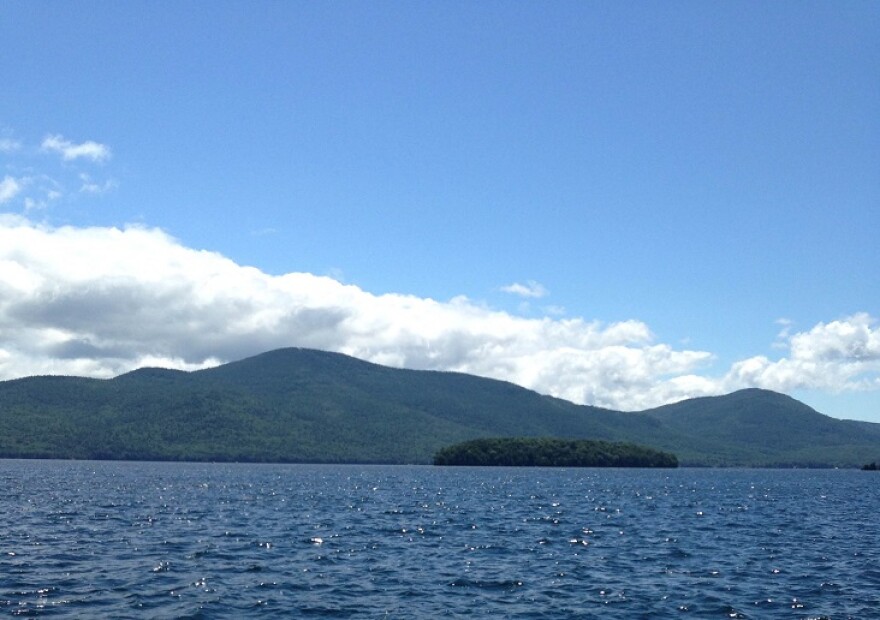Researchers and advocates for Lake George have released a report that comes as a result of more than three decades of monitoring on the Adirondack lake.
The Rennselaer Polytechnic Institute Darrin Fresh Water Institute and the FUND for Lake George have released The State of the Lake: Thirty Years of Water Quality Monitoring on Lake George.
The report says the 32-mile lake known for its clear waters was in “remarkably good condition,” but it also outlined several areas of concern that pose a threat to water quality.
Dr. Jeff Short, a retired research chemist from the National Oceanic Atmospheric Administration, who served as a special advisor on the report, collaborated with the researchers at the Darrin Fresh Water Institute and the FUND For Lake George to interpret the decades of collected data.
Short said one primary area of concern was nutrient loading, which comes from stormwater runoff, lawn fertilizers, and sewage systems.
Short said at the bottom of the lake, there’s an algae bed that helps keep the water clear. When excess nutrients end up in the lake, they can affect the populations of tiny plankton suspended in the water.
“If there was to be too much phosphorus in particular added to the lake it’s possible you would get so much phytoplankton growth that it could shade out the algal meadow at the deeper depths so they don't get enough light, and then as that algal meadow shrinks it reduces the competition for the nutrients. That gives you yet more phytoplankton growth, and that shades off the algal meadow even more, and that sets up a negative feedback loop," said Short.
And that could transition the clear lake that attracts thousands of visitors a summer to a murky one.
Another threat identified in the report is the rising concentrations of salt in the lake from runoff from roadways in the winter. Short said the report could be helpful to guide communities to be more wary of how seemingly harmless chemical applications affect the lake.
“If people were a little bit more careful about only applying salt when you know it's going to do some good, and applying it in a way that's more effective for each pound of salt you add, you could possibly cut the salt input in half just by doing that," said Short.
The Darrin Fresh Water Institute’s Offshore Chemical Monitoring Program began collecting data in 1980. In a statement, Dr. Sandra Nierzwicki-Bauer, director of the DFWI and a co-author of the report, said the release of the study “marks a major milestone for Lake George.” She said the report asks the “scientific questions that should now be studied.”
Research guided by the report is continuing on Lake George through the Jefferson Project, a collaboration with RPI, IBM Research, and The Fund for Lake George. Earlier this summer, the Jefferson Projected completed a first phase of mapping the lake bottom using high-tech sonar equipment.
Eric Siy, Executive Director for the FUND for Lake George, said the State of the Lake report, as well as the Jefferson Project, will help advocates work with government, educate the public, and inform the business community to protect the future of the lake and the regional economy.
“This is the hub of a billion-dollar regional tourism industry, Lake George is," said Siy. "And whether we protect it or not will determine how robust the future health of the economy is for the region. So we now have the information in hand to chart a course toward lasting protection of the lake for the benefit all those with a stake in the future of Lake George."
To see the report, visit:





